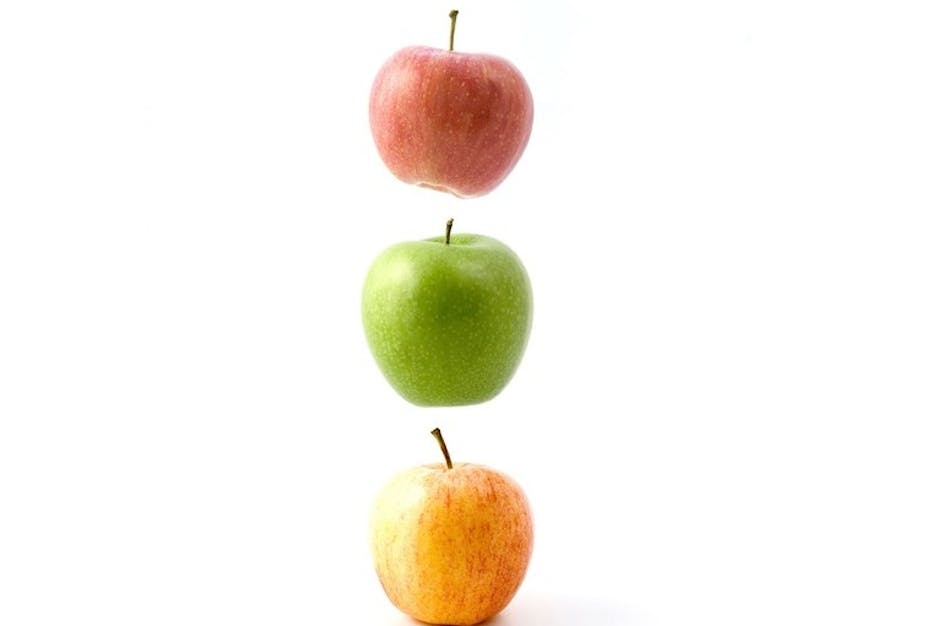Last Wednesday was a good day for those of us who have been campaigning for years for more understandable food labelling. The UK Government announced their final recommendation for front-of-pack nutrition labelling and who will be using it.
The labelling will involve traffic-light colours – red, amber and green - to signal how much fat, saturated fat, sugar and salt there is in food. Some retailers had opted to use a traffic light system, while others used labels showing “% Guideline Daily Amounts”. But now all the major retailers have agreed to use the scheme.
What is really significant though is not that traffic-light labelling is now, definitively, the Government’s recommended scheme (we already knew it would be), but that some major manufacturers have agreed to sign up to it: the most important of which are Nestle, Mars and Pepsi. Previously only a few minor manufacturers such as McCain’s (of oven-chips fame) had agreed.
But not all are on board. Multinationals Kraft, Unilever, Kellogg’s and Coca-Cola have refused to sign up prompting calls for companies to be named and shamed. Coca-Cola’s decision has surprised some as the company has pledged to tackle global obesity.
But the scheme won’t be compulsory - it can’t be under EU law - and this won’t be changing any time soon.

Companies can’t be forced to take part
Major food manufacturers long campaigned against traffic light labelling - even reportedly spending one billion Euros to stop the EU from making it compulsory.
Compulsory labelling wasn’t included in the European Food Information Regulation, which was passed in 20ll but comes into force, and then only partially, in 2014.
There is absolutely no chance of the EU amending this regulation to make labelling compulsory in the near future and the UK Government could not, because of this legislation, force companies to use traffic-light labelling even if it wanted to.
Nevertheless the Government claims that at least 60% of foods sold in the UK will now carry traffic-light labelling on a voluntary basis. In general, health campaigners are happy with this news. Traffic-light labelling is a significant improvement on most other forms of front-of-pack nutrition labelling on offer and, to many of us, the announcement that Nestle, Mars and Pepsi have broken ranks and accepted this is amazing.
However, I hope the move won’t lessen the chances of a possible tax on sugary products being introduced in the future.
Traffic-lighting is only popular here
Wednesday was a milestone but it was just Act 5, Scene 4 in a long-running saga to improve food labelling in this country. The first calls for this kind of labelling for food were made nearly 30 years ago in 1985. It then took the UK Food Standards Agency until 2006 to come up with Government-agreed criteria for a scheme.
Making traffic-light labelling compulsory has never been on the cards. To do so would have required pan-European agreement and the idea is only really popular in the UK and Ireland.
Traffic-light labelling is not a perfect scheme. Most nutritionists agree that it should be energy (calories), saturated fat, salt and dietary fibre (and not fat and sugar) that are highlighted.
But EU legislation dictates which nutrients should used for front-of-pack labelling. Some of us also think that front-of-pack labelling should give consumers an overall summary of the healthiness of the food – for example using a score from one to 100, along the lines of a scheme called NuVal which is used by some retailers in the US.
This would save people from trying to decide how greenish (healthy) or reddish (unhealthy) a food is; 95 is clearly healthier than 85 but under the traffic light system, is two greens and two ambers healthier than one red and three greens?
Even less evidence for a star-based system
Coincidentally perhaps, the Australian Government this week agreed its recommended form of front-of pack-nutrition labelling which involves stars – five stars for a healthy food and one star for a less than healthy food. This is closer in spirit to the NuVal approach and gives an indication of the overall healthiness of foods.
The Australian Government previously rejected calls for traffic-light labelling on the grounds that there was not enough evidence to support its introduction. So it’s odd that it has gone for a star-based system which is virtually untried and with much less evidence than for traffic-light labelling to support it.
Ireland is now highly likely to follow the UK’s example but few other countries seem set to do so. And some of the bigger companies could agree to do it under public pressure - but this is by no means certain, despite what the politicians might say.

